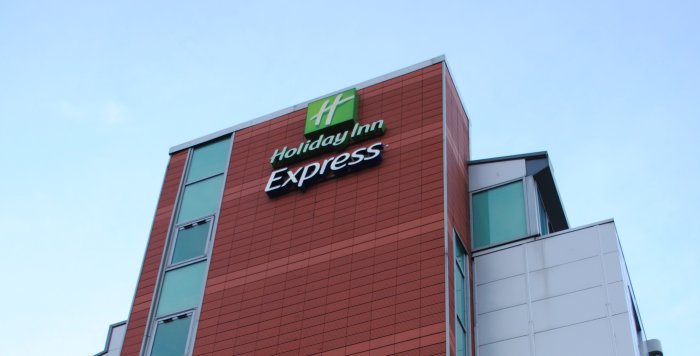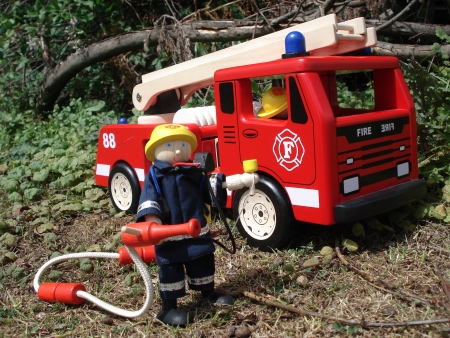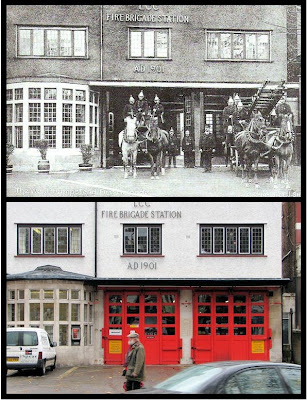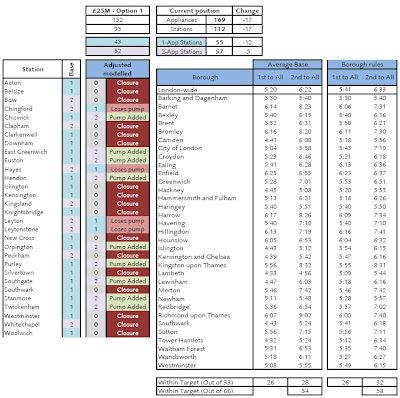Can you recommend a hotel in West Hampstead? It’s a question we hear surprisingly often from locals.
Many people don’t have spare rooms available for when friends and family come to visit, so it’s useful to know about local accommodation. For this guide we’ve cast our net wider than we normally would, as there aren’t many options in West Hampstead itself. Kilburn, Finchley Road and Belsize Park are all good bases for a few nights’ stay and are within easy reach on foot or by public transport. Prices given are for comparison from the hotel’s quoted rates, but can vary quite a lot, so check with the hotels themselves.
West Hampstead

Describing itself as a “traditional guest house”, this is more B&B than hotel, which is summed up in the (mostly positive) Trip Advisor reviews. Guests praise the “friendly staff” and “value for money”, but also point out that though comfortable, it isn’t luxurious. It has a great location just off West End Lane on Sumatra Road. Example price: Double/twin ensuite: £60
274 Suites, 198 Suites, 291 Suites
These three properties on West End Lane are all owned and managed by Magic Stay. There are around 25 serviced studio apartments in total, each with a kitchenette. Online reviews are mixed: some are critical of the noisy location and “dated” facilities but it looks like it could be a good option for a longer-term stay or if self-catering is a requirement. Example price: Midweek advance bookings from £59 per night. Call 020 7431 8111 to book.
This is more South than West Hampstead, but within easy walking distance of both West End Lane and Finchley Road. Recent Tripadvisor reviews praise the “friendly and helpful” staff and good breakfasts. A double room is £109, or £90 if you book online.
Finchley Road/ Swiss Cottage

The 3*-rated Holiday Inn’s location on busy Finchley Road may not make for the most restful stay, but its proximity to many shops and restaurants (it’s right opposite the O2 centre) will appeal to some. It’s described as “clean and comfortable” though rooms are “small”. It’s also near Finchley Road stations, and West Hampstead is a short walk away. Double rooms start from £94 per night.

These two hotels are both set just off Finchley Road, on Frognal. Both are classified 3-star, and have reasonable online reviews, though the Langorf loses points with reviewers for the “tired” state of its interior decor. The Langorf is offering advance bookings starting at £65, and the Quality Hotel’s rate is around £119 per night, though discounts are available.
Large, clean business-style hotel (rating 4*). Many reviewers praise its “friendly” staff and “great customer service”. Don’t be fooled by the name; the hotel is nearer to Swiss Cottage than to Regent’s Park, and it’s on the good old C11 bus route which is handy for West Hampstead. Rate: from £139 per night for a double room.
Maida Vale/Kilburn Park
Another large 4* Marriott Hotel which is a bit confused about its actual location – this is situated on Kilburn High Road in close proximity to Kilburn Park station. It boasts a swimming pool and gym, as well as the bizarrely-named Bar Hemia. The lowest rate I found on the website was £112 per night. Reviews mention that it’s “good value” though a little more “dated” than would be expected from a Marriott.
Like the Marriott, the 4* boutique-style Quality Maitrise Hotel is at the southern end of Kilburn High Road, convenient for Kilburn Park tube station and a 15-minute walk from West Hampstead. Reviewers comment on its “modern and stylish” appearance, but the rooms are small. Room rate for a standard double is around £120.
Belsize Park

Compact 3* boutique hotel near Belsize Park tube station and within walking distance of Hampstead Heath. Rooms are on the small side, but well-equipped and clean. Reviewers mention the “amazing” showers. Breakfast is available at the hotel restaurant next door, but it’s worth noting that you need to leave the hotel to access the restaurant. Double rooms are around £120. West Hampstead is an easy C11 bus ride away.
See all these hotels mapped in our business directory.







